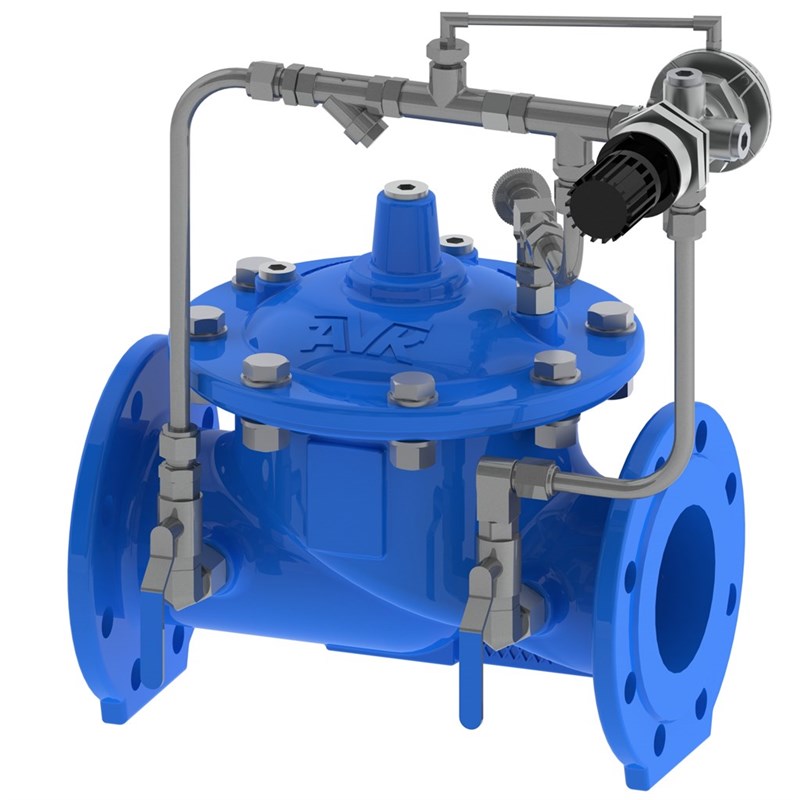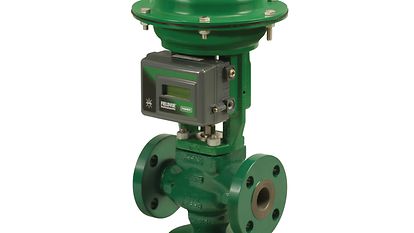Picking the Right Control Valves: An Overview to Optimum System Performance
Picking the Right Control Valves: An Overview to Optimum System Performance
Blog Article

Maximize Energy Financial Savings and Comfort With Advanced Structure Automation Controls
In the realm of modern style and facility monitoring, the integration of sophisticated structure automation manages stands as a critical innovation. The merging of innovation and sustainability has actually birthed a new era where energy effectiveness, comfort optimization, and operational streamlining are no longer obtainable facts yet far-off aspirations. By harnessing the power of automation, buildings can adjust, respond, and evolve in manner ins which were once unimaginable. The possibility for significant energy cost savings and boosted convenience is not simply a possibility yet a promise waiting to be fulfilled. This standard shift in structure monitoring holds the key to unlocking a globe where environmental conscientiousness and owner wellness sympathetically exist together within the walls of our frameworks.
Power Efficiency Advantages
Power performance advantages can dramatically reduce power usage and operational expenses in structures. Energy-efficient systems, such as innovative structure automation controls, can enhance the use of resources like lights, home heating, and cooling, leading to reduced energy expenses over time.
Furthermore, improved power efficiency can prolong the life-span of building devices and systems. By operating a lot more efficiently, HVAC systems, lighting components, and other structure components experience much less deterioration, causing minimized maintenance and substitute prices. Additionally, energy-efficient structures often regulate greater building values and rental rates, providing lasting monetary benefits to proprietors.
In addition, energy effectiveness can improve owner convenience and productivity. Properly regulated interior environments with ideal illumination and thermal problems produce an even more helpful and enjoyable work space, resulting in enhanced employee satisfaction and efficiency. Overall, the power performance advantages connected with innovative building automation controls are diverse, incorporating expense savings, ecological stewardship, and owner well-being.
Boosted Comfort Control
Enhancing convenience control in structure settings calls for a sophisticated integration of sophisticated automation systems for ideal passenger wellness. By using sophisticated building automation controls, facilities can customize the indoor setting to fulfill the details needs and preferences of occupants. control valves.
Boosted convenience control surpasses standard temperature adjustments. It consists of features such as individualized setups, tenancy sensors, and all-natural light utilization to produce a receptive and dynamic setting. By including these sophisticated controls, buildings can not only enhance comfort however additionally enhance energy efficiency by optimizing system operations based on real tenancy and use patterns. Inevitably, focusing on passenger convenience via sophisticated automation systems results in a much more pleasurable and healthier interior atmosphere.
Functional Performance Improvements

Additionally, the implementation of real-time monitoring and analytics tools enables building drivers to determine energy inadequacies and functional abnormalities without delay. By constantly checking energy usage patterns and system performance metrics, modifications can be made in real-time to maximize power intake and ensure peak functional performance. control valves. Furthermore, integrating demand action approaches into structure automation controls can even more improve operational effectiveness by dynamically adjusting energy usage based upon grid conditions and prices signals
Indoor Climate Optimization
Reliable interior climate optimization is a basic aspect of building automation controls, making sure occupants' convenience and well-being while taking full advantage of power savings. By utilizing innovative sensing units and controls, developing automation systems can continuously adjust and keep an eye on temperature, humidity levels, air quality, and air flow to develop an optimum interior environment. Keeping comfortable and constant conditions not only enhances occupant fulfillment however also increases productivity and total well-being.
Indoor environment optimization likewise plays an important role in energy effectiveness. By fine-tuning home heating, air flow, and air conditioning systems based on real-time data and tenancy patterns, developing automation controls can substantially reduce energy usage - control valves. Carrying out strategies such as demand-controlled ventilation and thermal zoning can assist lessen power waste while guaranteeing that each location of the structure obtains the necessary conditioning.

Sustainable Environment Production
Building automation regulates not just maximize indoor environment problems for energy effectiveness and owner comfort but additionally lay the foundation for developing a sustainable setting with read this article tactical management of systems and sources. By incorporating advanced building automation technologies, such as sensors, actuators, and intelligent software application, centers can keep an eye on and adjust power use in real-time to reduce waste and decrease their carbon impact. These systems enable anticipating upkeep, identifying potential issues before they escalate and enhancing tools performance to enhance durability and efficiency.
Moreover, sustainable environment development extends beyond power monitoring to include water preservation, waste decrease, and indoor air top quality improvement. Structure automation controls can regulate water use, identify leaks, and make sure proper garbage disposal techniques, adding to general sustainability efforts. In addition, by monitoring and managing ventilation and purification systems, these technologies enhance passenger health and wellness and productivity while reducing power consumption related to a/c procedures.
Verdict
In verdict, progressed building automation manages deal significant advantages in terms of power savings, comfort control, look at more info operational performance, interior climate optimization, and producing a sustainable environment. By implementing these controls, structures can attain optimal performance while lowering power usage and enhancing passenger comfort. It is noticeable that making use of innovative automation modern technology is essential in enhancing building efficiency and creating an extra lasting future.
Power efficiency benefits can significantly lower energy consumption and functional expenses in structures. Overall, the power effectiveness advantages connected with innovative structure automation controls are diverse, encompassing expense savings, environmental stewardship, and owner wellness.
Furthermore, incorporating need action methods right into building automation controls can additionally improve functional effectiveness by dynamically adjusting energy use based on grid conditions and rates signals.
Building automation controls not just maximize indoor climate conditions for power efficiency and occupant comfort but likewise lay the foundation for creating a sustainable environment through calculated administration of systems and sources.In conclusion, progressed structure automation regulates deal substantial advantages in terms of energy cost savings, convenience control, functional effectiveness, indoor environment optimization, and producing a lasting atmosphere.
Report this page